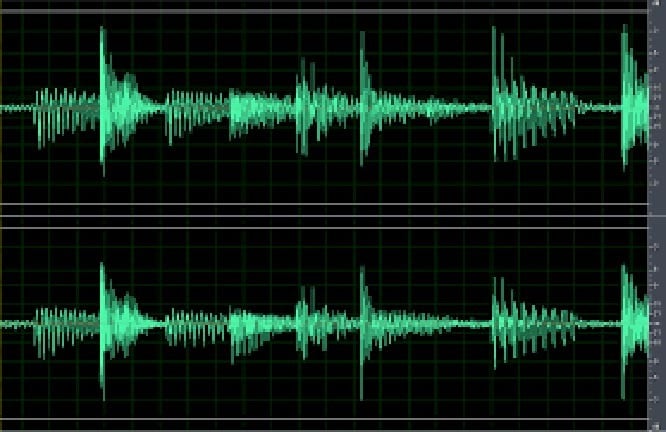
Do the laboratories in Pakistan have the capacity to conduct forensic analysis of the Arshad Malik videos?

The video allegedly showing the accountability court judge Arshad Malik admitting he was blackmailed into giving a verdict against Nawaz Sharif in the Al-Azizia reference has shaken the country since Maryam Nawaz made it public on July 6. Malik has since then disputed the claim. He has claimed that his soundbite has been modified in the video.
A claim as explosive as the one made by Maryam Nawaz cannot be swept under the carpet. Ignoring it threatens to discredit the judiciary. Therefore, for a satisfactory end to this episode, independent forensic experts must verify the video’s authenticity.
But do the laboratories in Pakistan have the capability to conduct such forensic analysis?
Punjab Forensic Science Agency is perhaps the most competent lab in Pakistan. However, its independence has been questioned in the past.
Former head of Federal Investigation Agency Cyber Crime Wing Punjab, Syed Shahid Hassan, says that to verify the video, standard operating procedures (SOPs) must be followed. "For instance, since October 2017, the Forensic Science Regulator’s (FSR) Code of Practice stipulates that all providers of digital forensic services to the criminal justice system must hold ISO-17025 accreditation. Unfortunately, not a single laboratory in the country, public or private, is ISO-17025 accredited".
The rationale for making accreditation mandatory is to ensure that consistent standards are applied, so the courts can rely on the validity of evidence used in the criminal justice system. "Digital evidence is the most important part of any legal proceeding. Regrettably, here in Pakistan, we are unable to enforce such standards. Chances are that some party may challenge the forensics during trial."
Adding to the debate, Dr. Raja, says: "Labs can upgrade their software as these are easily available."
Syed Shahid Hassan says people’s voices, just like their fingerprints, can be identified through visual inspection of sound waves, spectrum analysis, and critical listening skills. "I have applied the same techniques in cases of sexual harassment and bomb threats".
Typically, audio forensics, sometimes referred to as a junk science, is based on visual examination of the sound wave. "Like in Arshad Malik’s video, the camera does not capture his face most of the times but his voice can be heard. This will help authenticate his audio".
Another method of verification is to compare the disputed evidence with the voice sample of the accused. The most important method involves critical listening skills -- to compare the pauses, word flow, voice tone, accent, dialect and speech characteristics.
Additionally, background noise must also be measured. Hassan says, "Any breaks or changes in signal or background noise are signs the audio recording is forged". He adds that the consistent audio recorded signal is important "because audio recordings that are not authentic are always edited or fabricated segments of two or more audio recordings."
As most of the recording devices are digital, a variety of enhancement techniques may be employed for video evidence. General Secretary Pakistan Society for Forensic Medicine, Dr Khurram Sohail Raja, says, "It’s important to acquire the raw footage, the first copy of the video. Sometimes even the recording device is required."
To conduct video analysis, the investigator must first listen and view the recorded footage. Then, locate the area of interest that may be enhanced by using specialised devices and software. Once the area of interest is identified, the expert must determine if it has been sharpened (to make edges of images more clear and distinct), video stabilised (to reduce the amount of movement in the video to ensure smooth playback) or masked (to cover faces or areas that may protect a witness or victim).
Stressing on the importance of digital analysis of evidence, Advocate Sarmad Ali says, Chapter XIII, Section 164 of the Qanun-e-Shahadat Order, 1984 allows utilisation of modern devices, "provided digital or forensic reports are not forged" continuing that in courts forensic evidence is treated the same as oral testimony.
According to section 21 of the Prevention of Electronic Crimes Act 2016, Mian Tariq Mahmood, the man allegedly involved in the video scandal surrounding Arshad Malik, is guilty of cyber stalking. "He can be sentenced to three-year imprisonment if the forensic analysis establishes forgery," Ali adds.
If the federal government does not establish or designate a forensic laboratory, independent of the investigation agency, according to the Section 37 of the Prevention of Electronic Crimes Act, the law pertaining to Investigation for Fair Trial Act 2013 will be compromised.
According to Sarmad Ali, the burden of proof in this case rests with Mian Tariq Mahmood or the PML-N leadership. However, the court can facilitate this process by deputing an investigation officer or team to ensure the ‘due process’ and credibility of the forensic analysis.